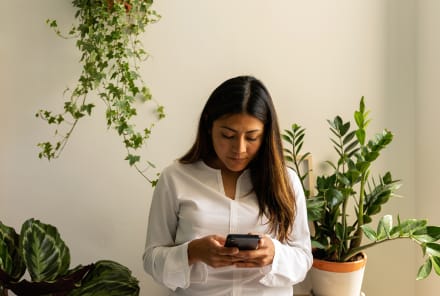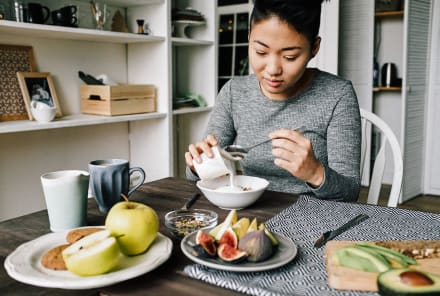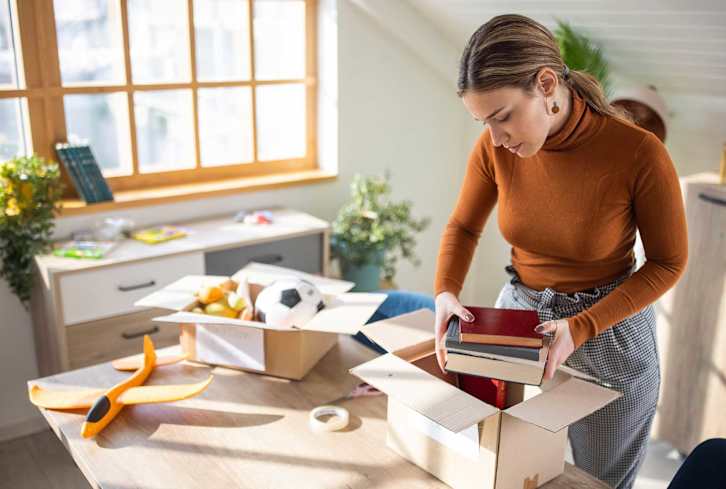Advertisement
How To Find A Healthier Tea Bag + 3 Ways To Make Your Own

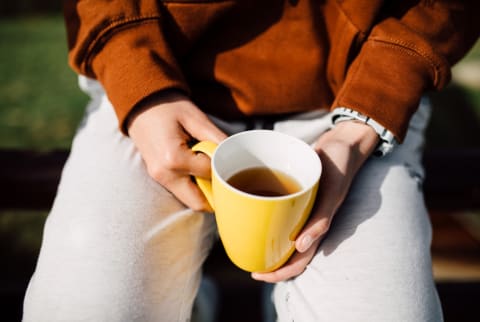
Tea bags are stuffed with plants that tout tons of nutritional benefits, but sometimes there's more to them than meets the eye.
In order to keep your tea contained, some bags contain adhesives like glue, which author of The Herbal Kitchen Kami McBride recommends steering clear of. These days, tea bags can also be made from plastic, with most triangular "silken" bags owing their freshness and heat resistance to a nylon material.
When researchers analyzed these bags for a 2019 study1, they found that they left an average of 11.6 billion microplastics behind in each cup, which is "several orders of magnitude higher than plastic loads previously reported in other foods," their report concludes.
While the health impacts of consuming microplastics2 are unclear, this finding is enough to make any regular tea drinker raise an eyebrow. Thankfully, McBride explains, there are also plenty of tea companies out there making plastic-free, glue-free bags (Traditional Medicinals gets her stamp of approval).
Plus, as the herbalist demonstrates in her Herbal Tea Kick-Start Guide online class, it's easy enough to make your own tea bags for total control over what you're sipping. Here are a few easy methods to try at home.
How to make your own tea bags
These three methods can all make a tasty cup of quick-brew herbal tea. For each one, you'll want around 1 tablespoon of herb(s) per cup of water. While you can remove the plant material in a prepackaged tea bag and use that, buying loose herbs from a tea or spice shop will usually lead to a fresher and more flavorful brew.
- Use press n' brew teabags: These inexpensive bags are made from fibers that will cling together when heated. Buy a big batch and fill each one with a tablespoon of herbs, then heat the top shut with a quick swipe of the iron or curler. "I'll make a whole bunch of these and it's so much cheaper than buying a box of teabags," McBride says. Since these bags are often bleached white using hydrogen peroxide, they can't be composted at home.
- Use Muslin tea bags: These thin, porous bags are more expensive than press n' brews, but they can be reused again and again and composted at home. Simply drop a tablespoon of herbs into each bag and tie the pouch shut. McBride loves to present a variety of these in a Mason jar for a thoughtful housewarming or birthday gift. Note that these cotton bags might impart your tea with a slight flavor.
- Do a loose steep: Of course, you can also just forgo the bag altogether and steep your herbs directly in water. Simply bring your water to a boil, add your plants, and turn off the heat and cover your steep. After 10 to 15 minutes, strain the mixture into your cup and enjoy.
The takeaway
Drinking tea is a healthy way to stay hydrated and flood your body with nutrients, though some tea bags contain petroleum-derived ingredients you might not want to sip on all day. Make your own bags of calming bedtime blends or energizing morning mixes for a cup that's purely plants.
Watch Next
Enjoy some of our favorite clips from classes
Enjoy some of our favorite clips from classes
What Is Meditation?
Mindfulness/Spirituality | Light Watkins
Box Breathing
Mindfulness/Spirituality | Gwen Dittmar
What Breathwork Can Address
Mindfulness/Spirituality | Gwen Dittmar
The 8 Limbs of Yoga - What is Asana?
Yoga | Caley Alyssa
Two Standing Postures to Open Up Tight Hips
Yoga | Caley Alyssa
How Plants Can Optimize Athletic Performance
Nutrition | Rich Roll
What to Eat Before a Workout
Nutrition | Rich Roll
How Ayurveda Helps Us Navigate Modern Life
Nutrition | Sahara Rose
Messages About Love & Relationships
Love & Relationships | Esther Perel
Love Languages
Love & Relationships | Esther Perel
What Is Meditation?
Box Breathing
What Breathwork Can Address
The 8 Limbs of Yoga - What is Asana?
Two Standing Postures to Open Up Tight Hips
How Plants Can Optimize Athletic Performance
What to Eat Before a Workout
How Ayurveda Helps Us Navigate Modern Life
Messages About Love & Relationships
Love Languages
Advertisement

Research Calls Out Concerning Potential Side Effects Of Melatonin
Gretchen Lidicker, M.S.

This Supplement May Remarkably Benefit Those With A High Risk Of Alzheimer’s
Molly Knudsen, M.S., RDN

Want To Be Metabolically Healthy? Study Shows An Underutilized Approach
Molly Knudsen, M.S., RDN

Research Calls Out Concerning Potential Side Effects Of Melatonin
Gretchen Lidicker, M.S.

This Supplement May Remarkably Benefit Those With A High Risk Of Alzheimer’s
Molly Knudsen, M.S., RDN

Want To Be Metabolically Healthy? Study Shows An Underutilized Approach
Molly Knudsen, M.S., RDN

Research Calls Out Concerning Potential Side Effects Of Melatonin
Gretchen Lidicker, M.S.

This Supplement May Remarkably Benefit Those With A High Risk Of Alzheimer’s
Molly Knudsen, M.S., RDN

Want To Be Metabolically Healthy? Study Shows An Underutilized Approach
Molly Knudsen, M.S., RDN
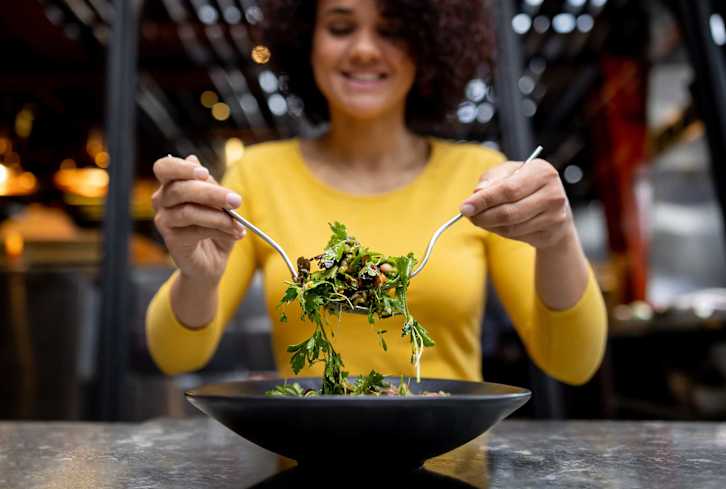
Don’t Eat A Lot Of Meat? Make Sure You Take This Supplement Daily
Molly Knudsen, M.S., RDN

Research Calls Out Concerning Potential Side Effects Of Melatonin
Gretchen Lidicker, M.S.

This Supplement May Remarkably Benefit Those With A High Risk Of Alzheimer’s
Molly Knudsen, M.S., RDN

Want To Be Metabolically Healthy? Study Shows An Underutilized Approach
Molly Knudsen, M.S., RDN

Don’t Eat A Lot Of Meat? Make Sure You Take This Supplement Daily
Molly Knudsen, M.S., RDN

